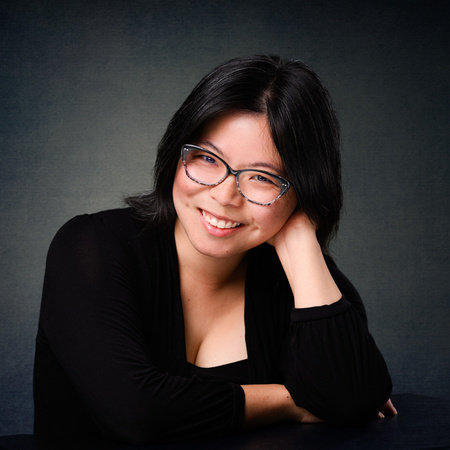
by Michele Kirichanskaya | May 21, 2025 | Blog
Emily Yu-Xuan Qin has a Master of Arts from the University of Calgary. She is a first-generation immigrant to Canada. As a child, she was sluggish in learning English—until she picked up her first Animorphs book. She can be found online at @EyxQin on X. I had the...
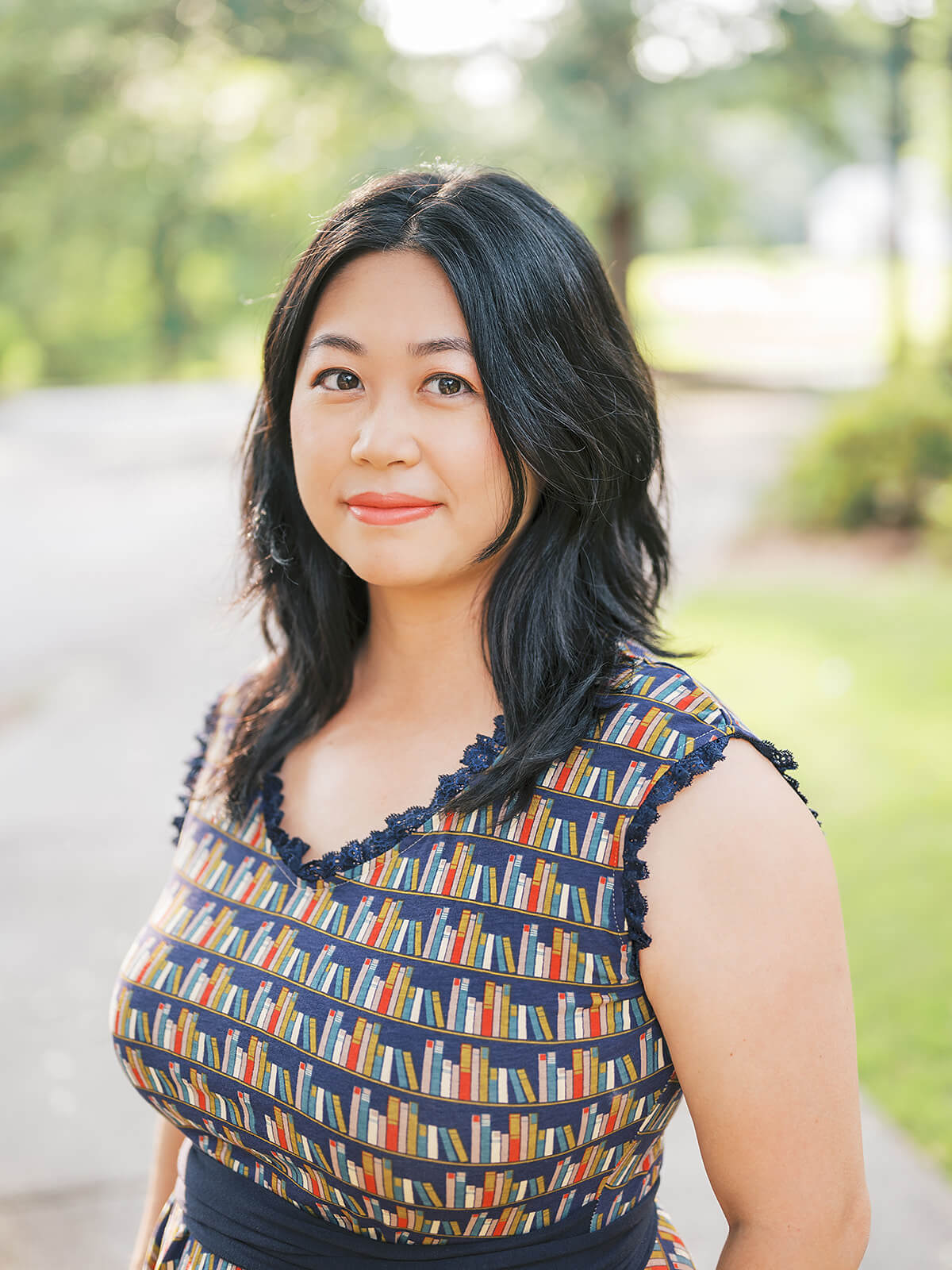
by Michele Kirichanskaya | Mar 17, 2023 | Blog
Mia Tsai is a Taiwanese American author of speculative fiction. She lives in Atlanta with her family and, when not writing, is a hype woman for her orchids and a devoted cat gopher. Her favorite things include music of all kinds and taking long trips with nothing but...
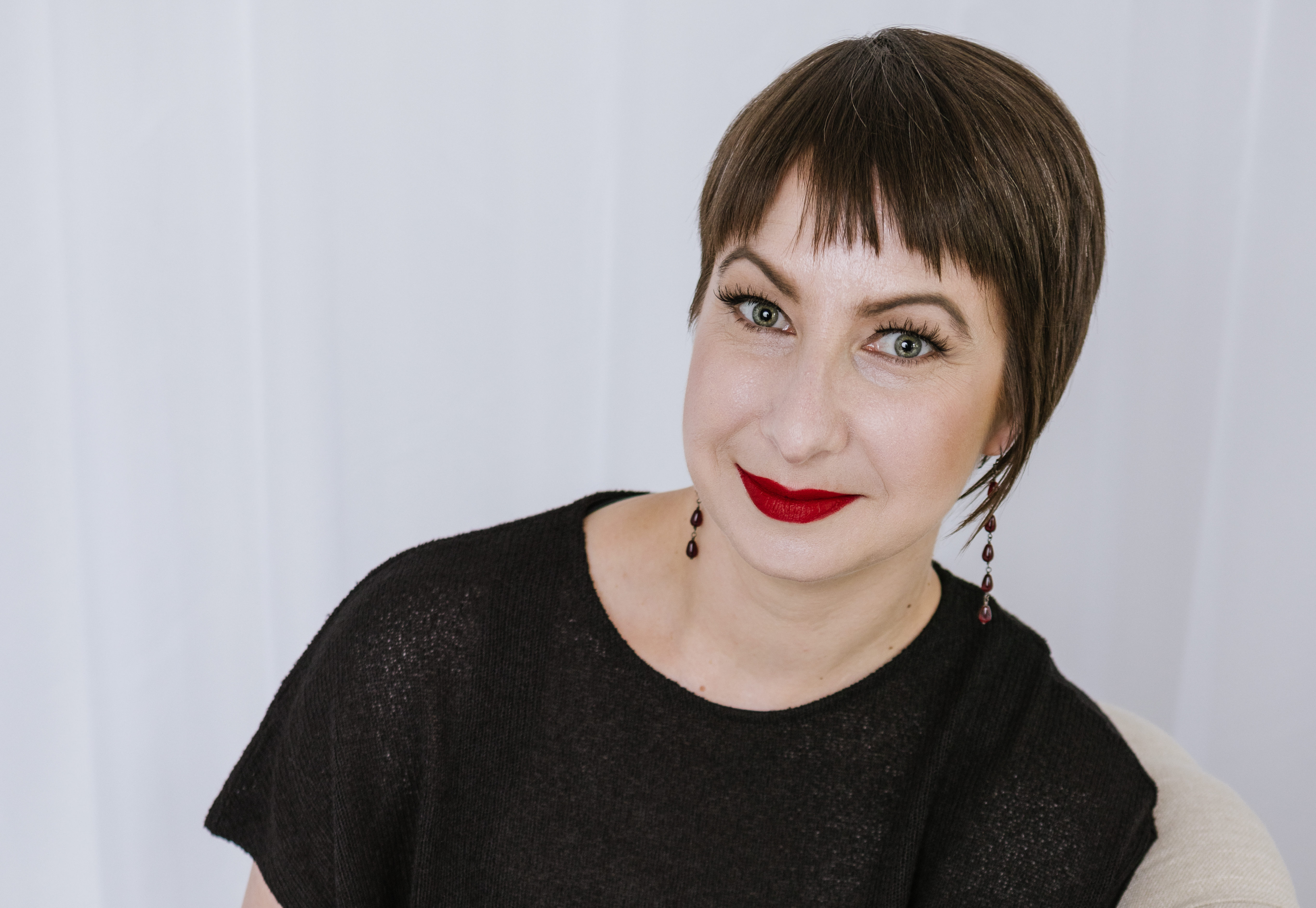
by Michele Kirichanskaya | Jan 12, 2023 | Blog
Davinia Evans was born in the tropics and raised on British comedy. With a lifelong fantasy-reading habit and an honours thesis in political strategy, it was perhaps inevitable that she turn to a life of crafting stories full of sneaky ratbags tangling with magic. She...
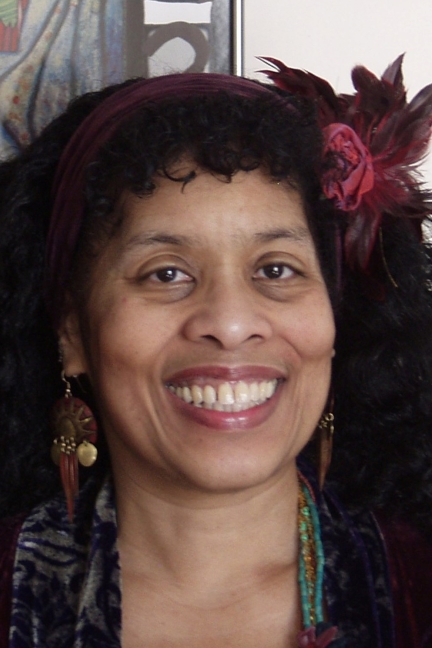
by Michele Kirichanskaya | Dec 23, 2022 | Blog
Andrea Hairston is a novelist, essayist, playwright, and the Artistic Director of Chrysalis Theatre. She is the author of Redwood and Wildfire, winner of the 2011 Otherwise Award and the Carl Brandon Kindred Award, and Mindscape, shortlisted for the Phillip K Dick and...
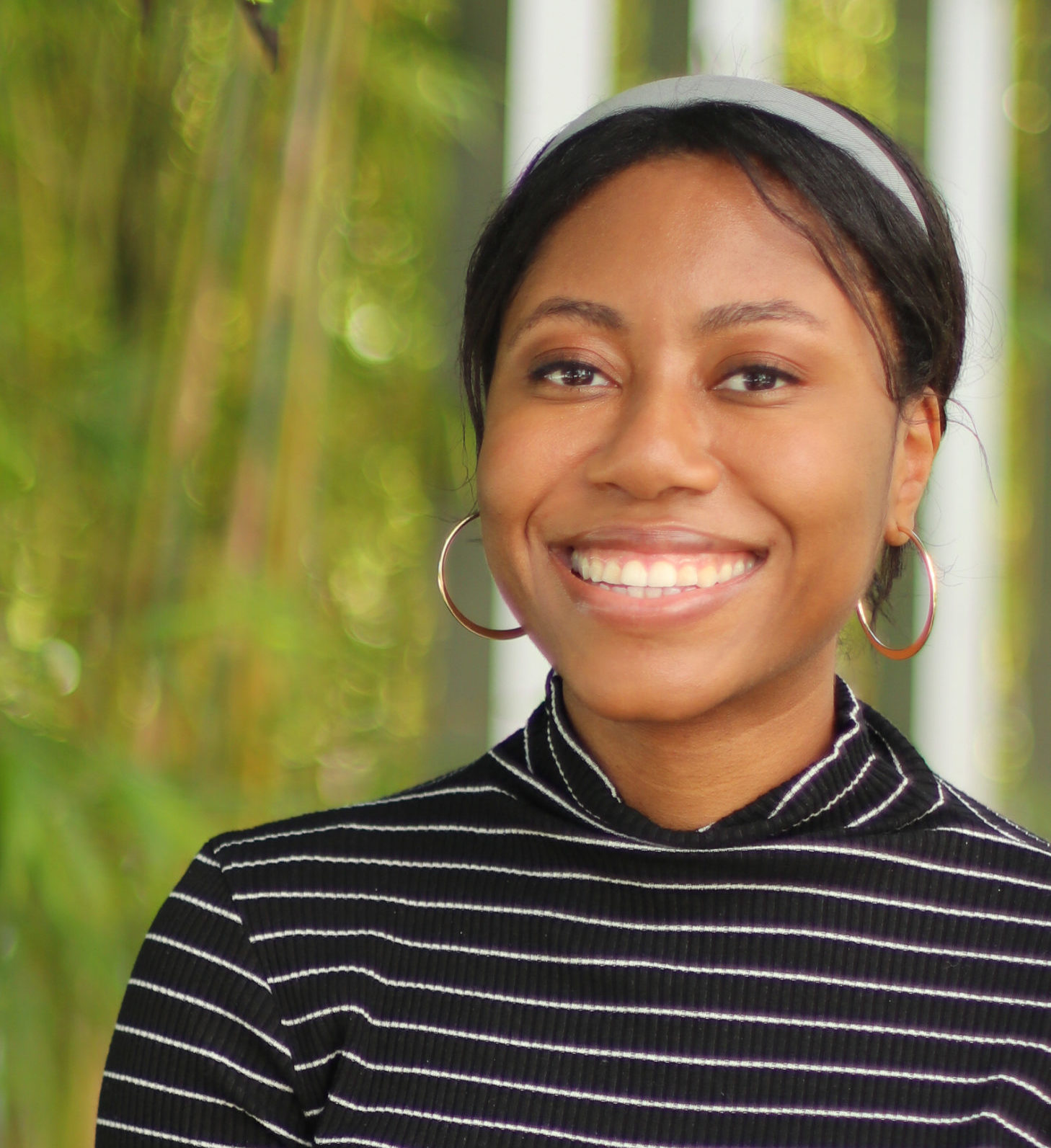
by Michele Kirichanskaya | Feb 18, 2022 | Blog
S. Isabelle is a reader, writer, and hoarder of books. After earning a Master’s degree in library science, she took that love of reading to youth librarianship. Her short story “Break” was featured in the anthology Foreshadow: Stories to Celebrate the Magic of Reading...






